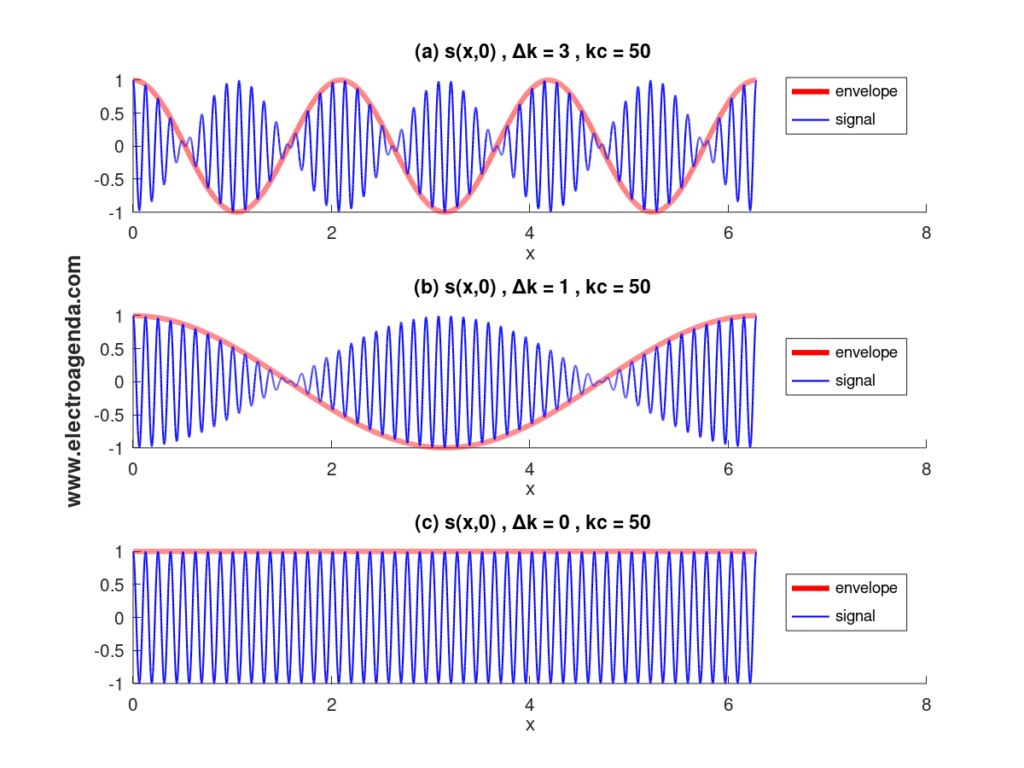Contents

Source: Fosco Connect
Understanding Group Velocity in Optics
Definition and Significance
The group velocity of light in a medium is a crucial concept in optics. It is defined as the speed at which the envelope of a pulse propagates through the medium. This velocity is influenced by the refractive index of the medium and is represented by the group index.
Group Velocity vs. Phase Velocity
Group velocity can be different from phase velocity, especially in dispersive media where the velocity of different frequency components varies. Group velocity dispersion occurs when the group velocity is frequency-dependent, leading to changes in the pulse characteristics.
Group Velocity in Different Media
In waveguides like optical fibers, the group velocity is affected by waveguide dispersion. In nonlinear propagation, the concept of group velocity can be redefined based on the pulse characteristics and optical nonlinearity.
Applications and Limitations
Understanding group velocity is essential for various applications in optics, such as signal transmission in optical fibers. While there are cases where the group velocity can exceed the speed of light in a vacuum, it does not enable superluminal information transfer due to fundamental physical constraints.
Overall, group velocity plays a significant role in determining how optical signals propagate through different media and is a key parameter in the field of optics.

Source: Electroagenda –
Feel free to comment your thoughts.



